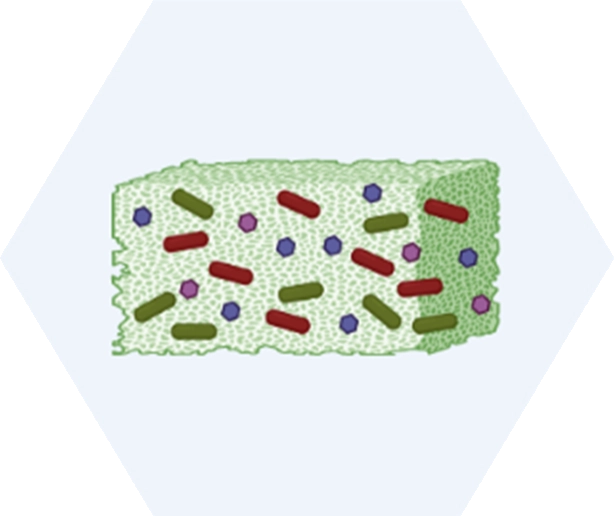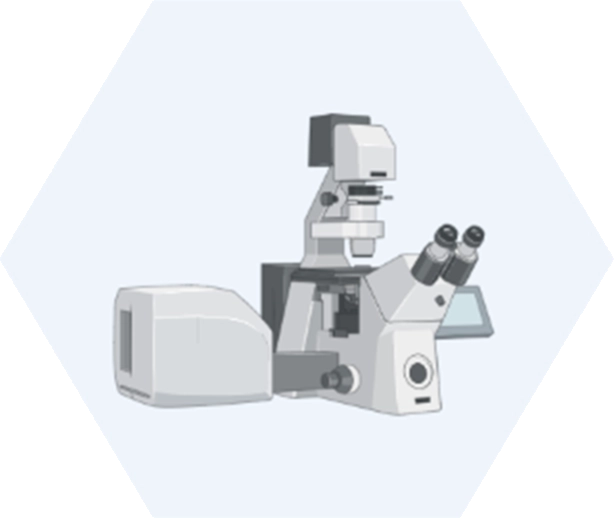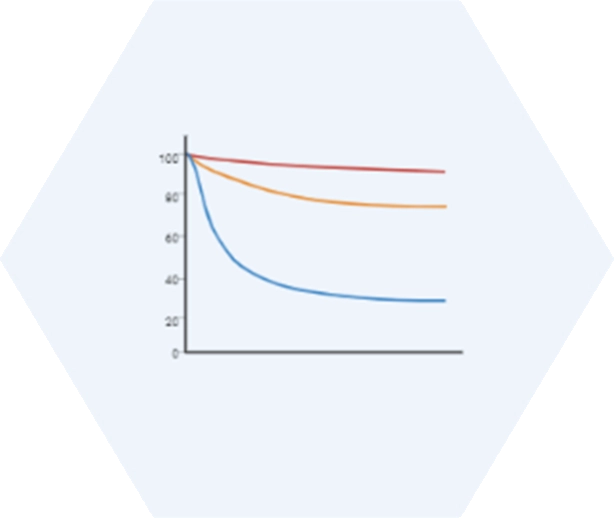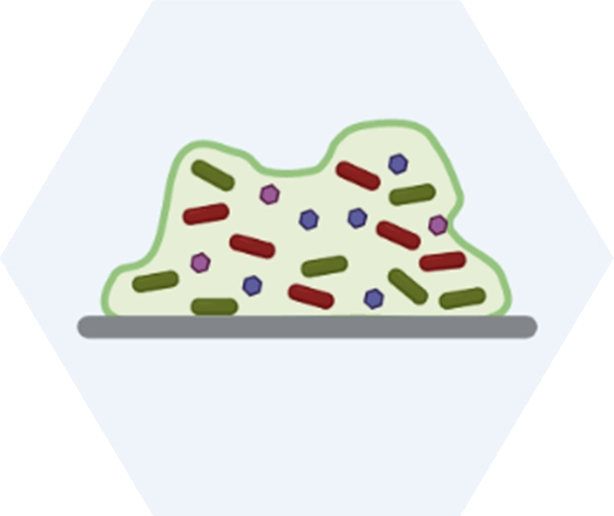
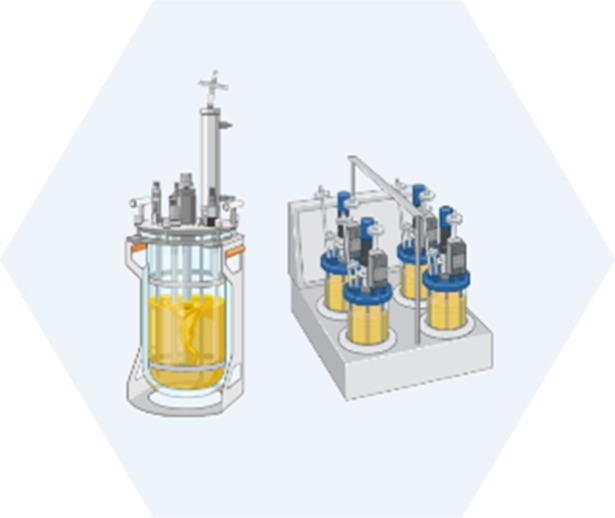
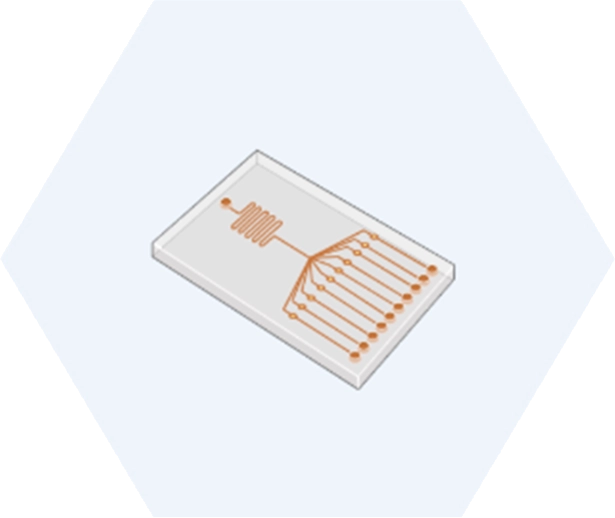

NAM-FISH (Nucleic Acid Mimic-Fluorescence in situ hybridization) is a molecular biology technique that allows for the detection and visualization of bacterial cells. NAM-FISH works by using a fluorescent probe that binds specifically to rRNA sequences. Is used to identify and locate specific bacterial species or strains within complex microbial communities, allowing for the selective detection and visualization of those cells within a mixed population without disrupting the biofilm 3D structure. It also provides high spatial resolution and can be combined with other techniques, such as microscopy and image analysis, to gain further insights into the structure and function of microbial communities.
